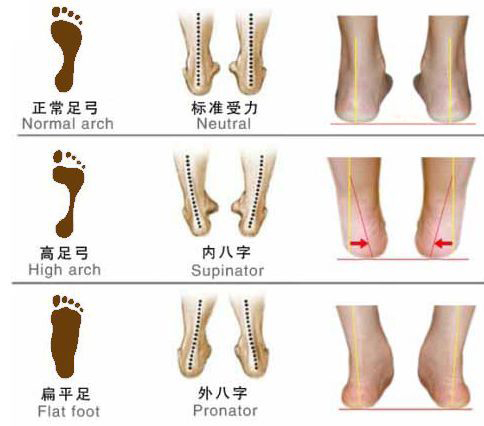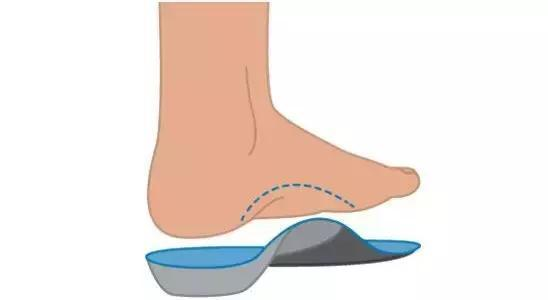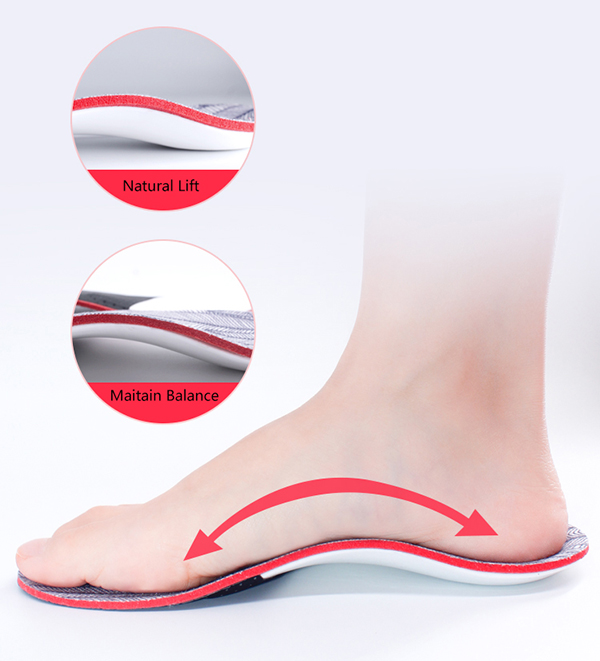Flat feet, also known as fallen arches, are a condition in which the arch of the foot collapses and touches the ground when standing. While most people have some degree of arch, those with flat feet have little to no vertical arch.

Causes of Flat Feet
Flat feet can be congenital, due to a structural abnormality inherited from birth. Alternatively, flat feet can be acquired, caused by injury, illness, or aging. Common causes of acquired flat feet include conditions such as diabetes, pregnancy, arthritis, and obesity.
Injury is a common cause of pain and dysfunction in the feet, both of which can lead to flat feet. Common injuries include tendon tears, muscle strains, bone fractures, and joint dislocations.
Age is often a factor in the development of flat feet, as the flexibility of the foot joints and ligaments and the strength of the muscles and tendons diminish over time. As a result, the arch height can decrease, causing the foot to flatten.

Complications of Flat feet
Studies show having flat feet can increase the risk of developing certain conditions, such as plantar fasciitis, Achilles tendinitis, and shin splints. All of these conditions are marked by inflammation of the affected tissues, which can lead to pain and discomfort.
Flat feet can also cause leg, hip, and lower back pain. This is because the feet are the foundation of the body, and any issue with the feet can lead to a misalignment in the skeletal structure. This can also affect the positioning of the head and shoulders, leading to postural issues.

Treatment of flat feet
If flat feet are acquired, the goal of treatment is to reduce the related pain and inflammation. This may involve adding arch supports to your shoes or wearing a foot orthosis like orthotic insoles. Physical therapy is also recommended for muscle boosting and stretching exercises, along with activities to improve balance.
For those with a structural abnormality from birth, surgery may be necessary to repair the connection between the heel bone and one of the foot tendons. Once the repair has been made, the patient may need to wear arch supports, have physical therapy, or take medication to help manage pain.
Post time: Jun-07-2023
